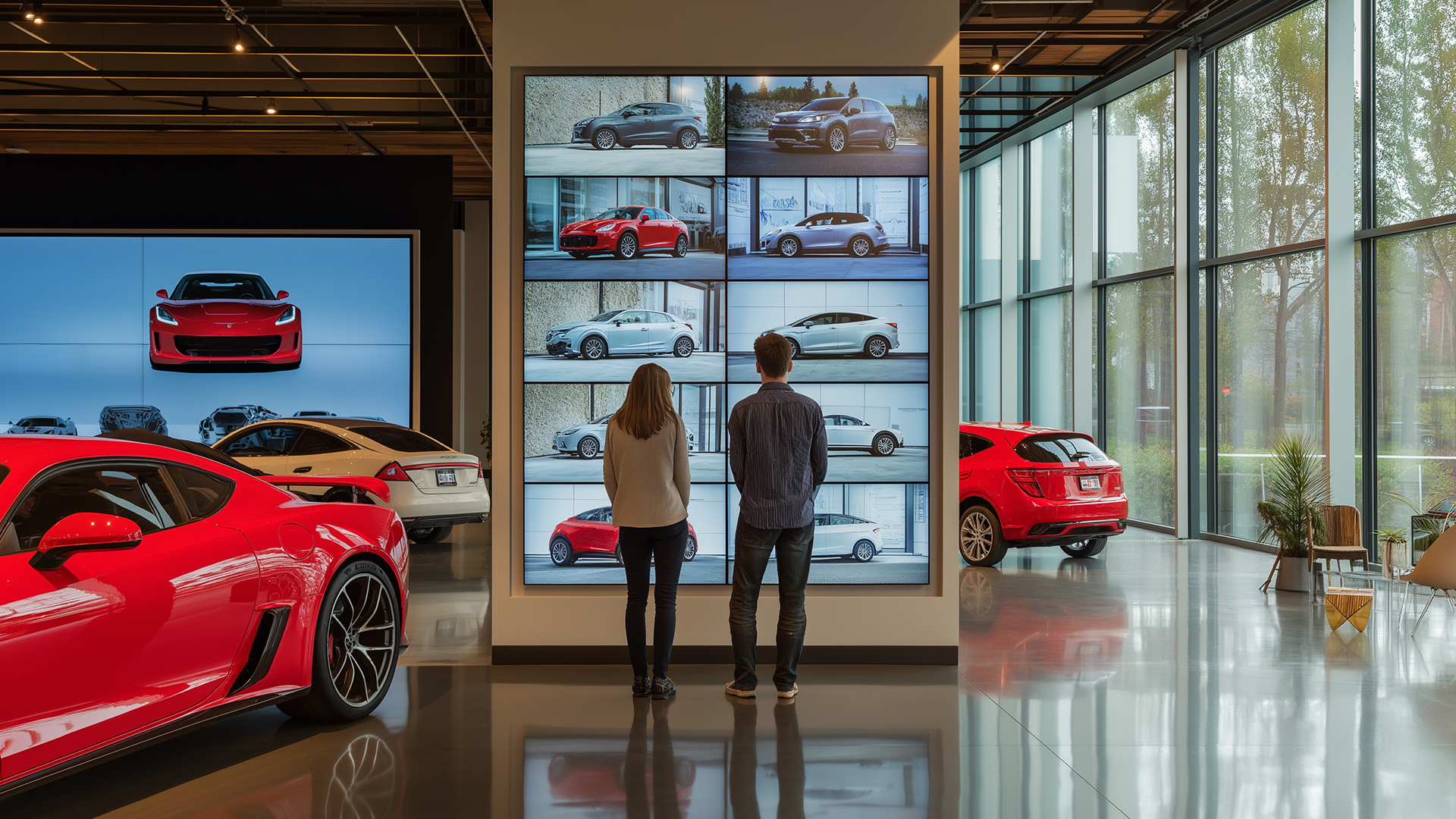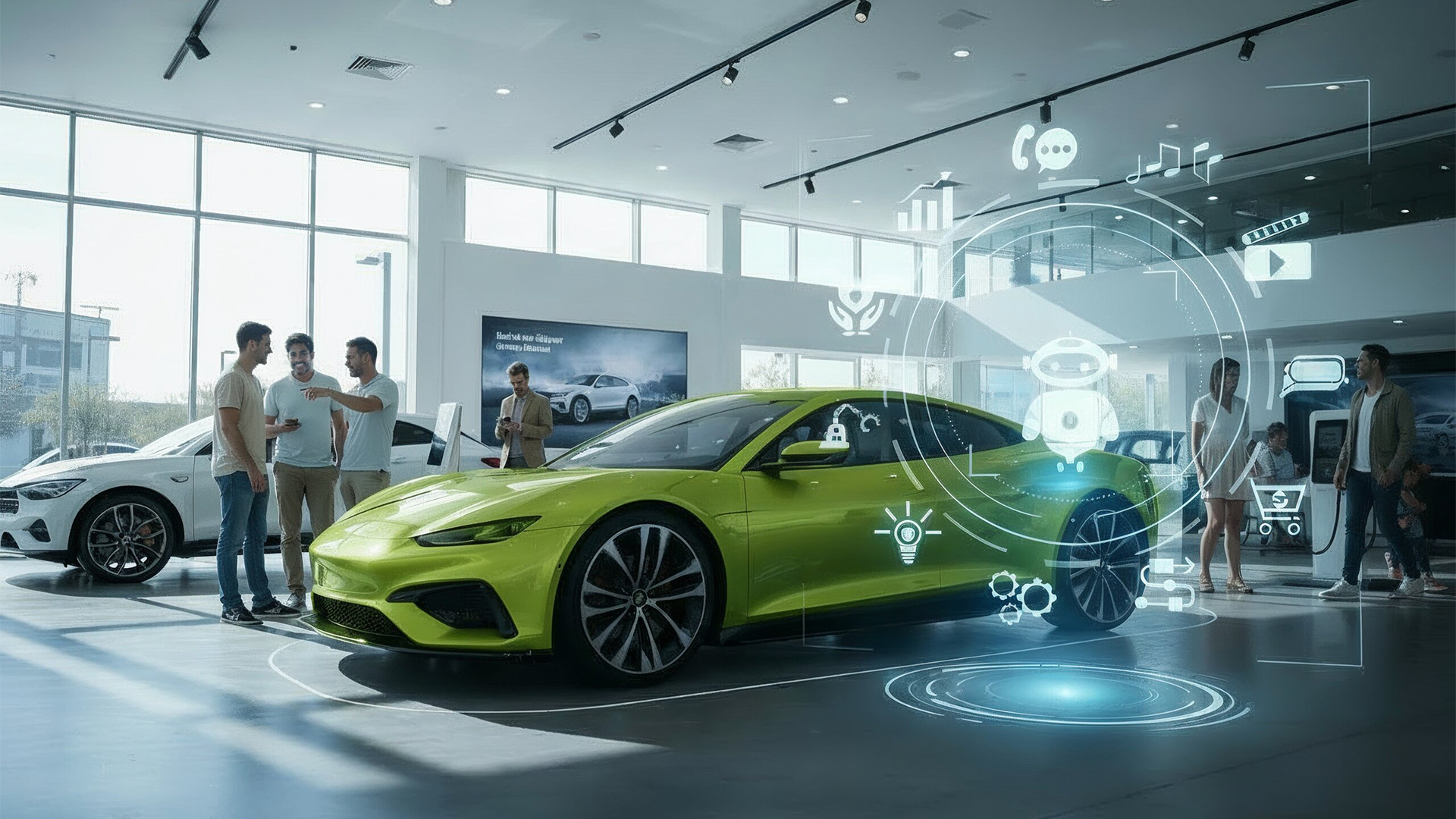Car buyers don’t wait. They want fast answers, clear choices, and tailored service from the moment they start their search. Here are the trends your dealership can act on today.
1. AI in Customer Service
AI is transforming how dealerships interact with buyers. Whether browsing online, chatting on WhatsApp, or visiting a showroom, customers expect instant and personalized support.
AI agents powered by agentic models are designed to meet these expectations. They can manage multi-step tasks on their own, from handling complex questions to booking test drives and following up with leads.
As Sami Skaff, Digital Transformation Officer at Al Nabooda, explains:
“Customers are used to what Amazon, Netflix, and other services provide: instant and personal responses. In a country like the UAE, where speed is key, dealerships must match these standards.”
📝 Editor’s Note: We kept it short here, but Sami goes all in on AI for dealerships in the full Seezoned Crew episode.
2. Flexible Ownership Options
Younger buyers, especially Gen Z, are moving away from traditional car ownership. Dealerships are responding with tools like online leasing calculators, subscription options, and instant approvals. These give buyers a clear picture of their finances early on and let them choose plans that fit their lifestyle, whether short-term, long-term, or monthly subscriptions.
Subscription models aren’t new in the automotive world. Tesla, for example, offers Premium Connectivity, where drivers pay monthly for features like live traffic and satellite maps. Now imagine that applied to car buying. Customers could subscribe to packages that include financing, insurance, maintenance, or even the ability to swap vehicles.
When dealerships combine flexible financing with subscription-style perks, they not only make it easier for customers to buy a car but also create new revenue opportunities and long-term customer loyalty.
3. Mobile-First Buying
Car buyers are doing more on their phones than ever before, from researching and browsing to applying for financing. Dealerships need mobile-optimized websites, click-to-call buttons, trade-in tools, and in-app notifications for service reminders. AI-driven personalization can take this further by delivering offers and recommendations directly in the app, keeping buyers engaged and providing a connected experience from browsing to purchase.
4. Short-Form Videos That Sell
Short-form video is now outpacing static ads. Dealerships are creating content like walk-arounds, feature explainers, customer reviews, and live Q&A sessions. AI can make this easier by automating captions, suggesting trending formats, and recommending personalized video content.
Tools like Google VEO 3 and Midjourney let dealerships produce high-quality videos faster and more affordably. Google VEO 3 generates realistic videos from text prompts, while Midjourney turns static images into dynamic, cinematic content. These technologies help dealerships keep social channels active, create engaging content at scale, and capture audience attention.
5. Predictive Service
As vehicles become more connected, dealerships are using predictive maintenance to catch issues before they become serious. By combining IoT sensors with AI-driven analytics, they can monitor vehicle health in real time and provide proactive service recommendations.
This approach improves customer satisfaction by reducing unexpected breakdowns and also helps dealerships run more efficiently. Service departments can optimize workflows and inventory, while building stronger, trust-based relationships with buyers.
Final Takeaways
- Speed wins: Buyers expect instant, personalized responses.
- Flexibility matters: Subscription and financing options make ownership easier.
- Mobile first: Keep customers connected and in control.
- Video sells: Short-form content drives attention and trust.
- Be proactive: Predictive maintenance boosts satisfaction and efficiency.



